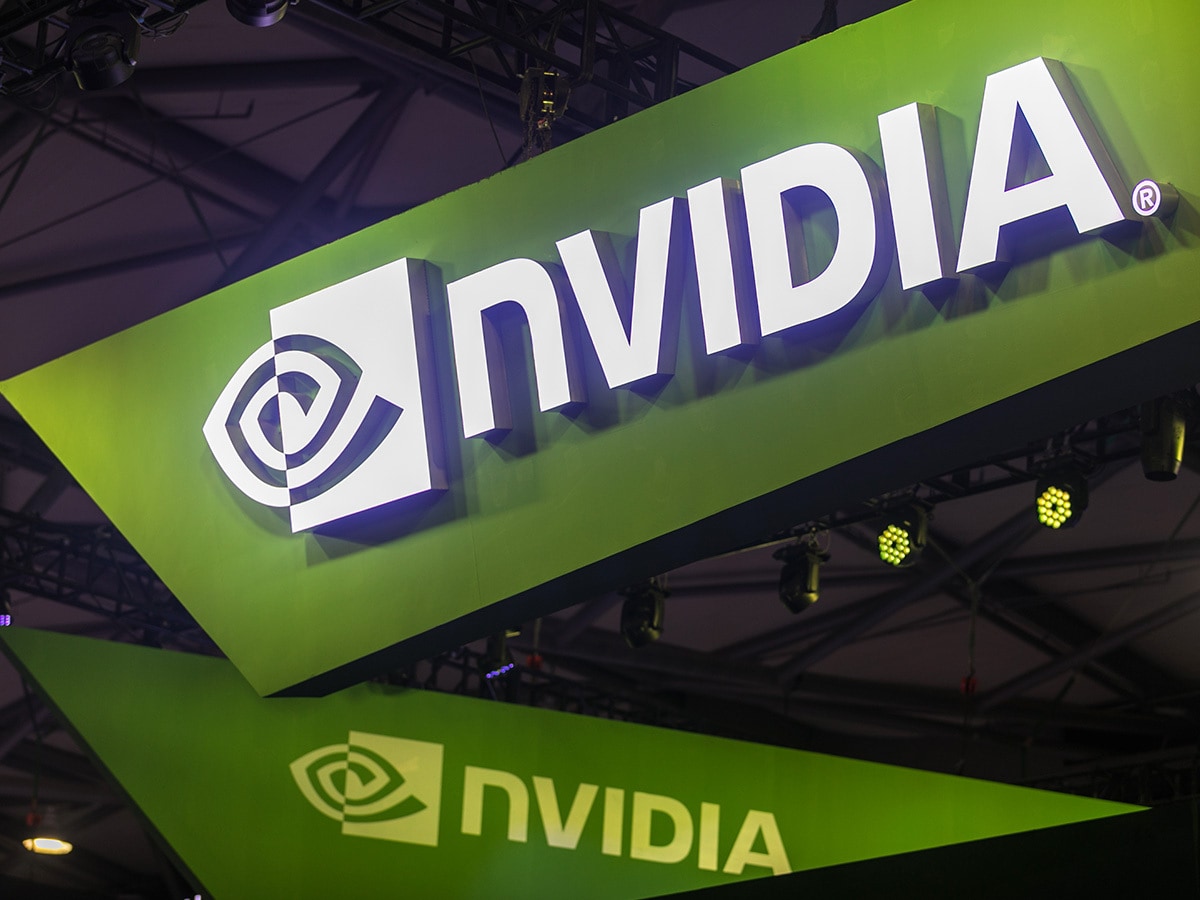
Nvidia (NVDA) has had a tough year so far. A major player in the semiconductor market and one of the biggest makers of graphic processing units (GPUs) used in gaming and machine learning systems, the company has been impacted by supply chain issues and global chip shortages.
These challenges, plus the collapse in February of the company’s $40bn bid to buy Cambridge-based chip designer Arm from Japan’s Softbank, have weighed on Nvidia’s share price, which fell to a 52-week low of $140.55 during intraday trading on 5 July.
Since then, the stock has soared 27%, closing at $178.49 on 19 August. The Nasdaq 100, of which Nvidia is a constituent, rose around 12% over the same period.
Yet despite these gains, Nvidia’s shares are still down 48% from the record high of $346.47 that they reached on 22 November last year. As the company prepares to release its second-quarter results on Wednesday, we investigate whether the share price rebound can be sustained.
Strong results last time out
In Q1 Nvidia posted record quarterly revenue of $8.29bn, up 46% year-on-year and a rise of 8% versus the previous quarter. CEO and founder Jensen Huang praised strong results in the data centre and gaming segments, which he said were delivered “against the backdrop of a challenging macro environment”. This was perhaps a reference not only to those oft-cited supply chain challenges, but also to the events that caused and exacerbated them The company said that Russia’s invasion of Ukraine and Covid lockdowns in China would reduce total Q1 revenue by “approximately $500m”.
Huang said that demand for Nvidia’s data centre chips had spurred overall revenue growth. “The effectiveness of deep learning to automate intelligence is driving companies across industries to adopt Nvidia for AI [artificial intelligence] computing. Data centre has become our largest platform, even as gaming achieved a record quarter,” Huang noted.
Looking ahead, Huang claimed that Nvidia’s next wave of chips and systems would “greatly advance AI, graphics, omniverse, self-driving cars and robotics”.
Expectations lowered for Q2
However, in a recent update the chipmaker lowered its Q2 revenue guidance to $6.7bn, down from a previous forecast of between $7.94bn and $8.26bn, and cut its estimated gross margin to 43.7%, down from 65.1%. Consensus estimates suggest that earnings per share will fall to $0.59 for Q2, versus $1.36 in Q1.
The company blamed the revenue downgrade, which sent Nvidia’s shares 4.5% lower last week, on a shortfall in its gaming unit. With the price of GPUs falling from inflated levels that were two or three times the manufacturer’s suggested price, the company expects sales of its gaming chips to drop roughly 44% from $3.62bn in Q1 to around $2bn in Q2.
Analysts retain positive outlook
Despite the warnings of lower-than-expected Q2 revenue and profits, analysts remain bullish on Nvidia in the long term.
Of 47 analysts polled for the Financial Times, 12 rated the shares a ‘buy’, 25 gave them an ‘outperform’ rating, nine considered them a ‘hold’, and only one thought they would ‘underperform’. Out of 42 analysts offering a 12-month price target on Nvidia, the median was $223.50, representing a 25.2% increase on the 19 August closing price.
According to Needham analyst Rajvindra Gill, Nvidia’s balance sheet is one of the strongest in the sector, giving it a platform to survive challenging economic conditions. In the long term, Gill expects demand for data centre chips to drive growth. “We believe data centre, the end-market that we view as NVDA’s biggest growth engine, is experiencing a recovery as hyperscaler sales have ramped the past few quarters and visibility has improved,” Gill commented.
Despite the near-term challenges and the potential for further share price declines, Nvidia retains the backing of analysts thanks to its long-term growth potential. This is likely to reassure investors as they await the company’s Q2 results on Wednesday 24 August.
Disclaimer: CMC Markets is an execution-only service provider. The material (whether or not it states any opinions) is for general information purposes only, and does not take into account your personal circumstances or objectives. Nothing in this material is (or should be considered to be) financial, investment or other advice on which reliance should be placed. No opinion given in the material constitutes a recommendation by CMC Markets or the author that any particular investment, security, transaction or investment strategy is suitable for any specific person. The material has not been prepared in accordance with legal requirements designed to promote the independence of investment research. Although we are not specifically prevented from dealing before providing this material, we do not seek to take advantage of the material prior to its dissemination.






















